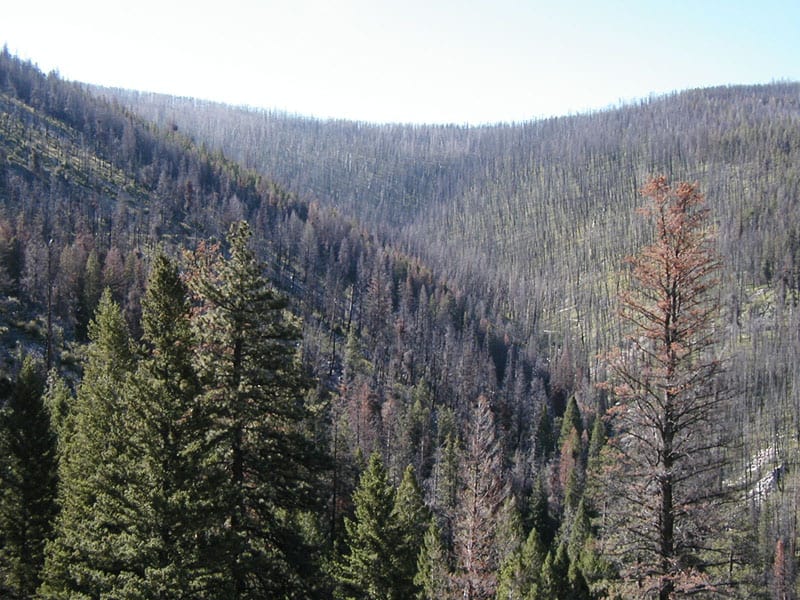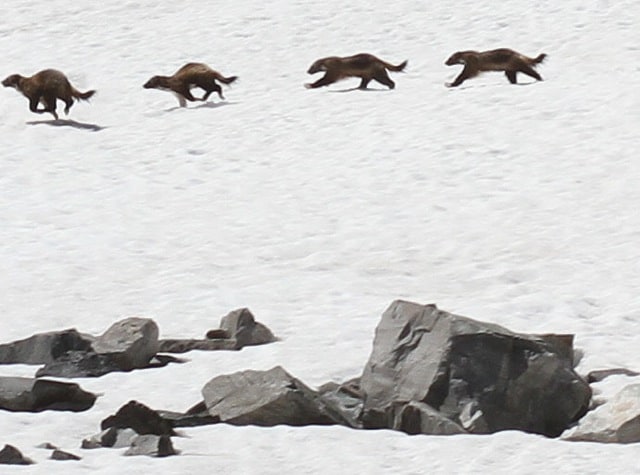Here’s a link to a Roger Pielke, Jr., piece in Foreign Policy. Here’s a link to yesterday’s post on his blog about it. The comments are fairly interesting also.
Of course, climate issues are of interest to people on this blog, but I especially liked this quote:
The vast complexity of the climate issue offers many avenues for action across a range of different issues. What we need is the wisdom to have a constructive debate on climate policy options without all the vitriolic proxy battles. The anger and destructiveness seen from both sides of this debate will not be going away, of course, but constructive debate will move on to focus on goals that can actually be accomplished. To paraphrase the great columnist Walter Lippmann, politics is not about getting people to think alike, but about getting people who think differently to act alike. The climate issue will never be solved completely, but it’s still possible for us to make things better or worse.
I wonder what would be the equivalent in our public lands debates for “results that can actually be accomplished”?
Below is an excerpt of the Foreign Policy piece that focuses on “what should we do next?”
So what’s the next step? For years — decades, even — science has shown convincingly that human activities have an impact on the planet. That impact includes but is not limited to carbon dioxide. We are indeed running risks with the future climate through the unmitigated release of carbon dioxide into the atmosphere, and none of the schemes attempted so far has made even a dent in the problem. While the climate wars will go on, characterized by a poisonous mix dodgy science, personal attacks, and partisan warfare, the good news is that progress can yet be made outside of this battle.
The key to securing action on climate change may be to break the problem into more manageable parts. This should involve recognizing that human-caused climate change involves more than just carbon dioxide. This is already happening. A coalition of activists and politicians, including numerous prominent scientists, have argued that there are practical reasons to focus attention on “non-carbon forcings” — human influences on the climate system other than carbon dioxide emissions. The U.N. Environment Program argues that actions like reducing soot and methane could “save close to 2.5 million lives a year; avoid crop losses amounting to 32 million tons annually and deliver near-term climate protection of about half a degree Celsius by 2040.”
Some of these opportunities are political. For instance, in the United States, Sen. James Inhofe (R-OK), a loud and theatrical opponent to most action related to climate, supports action on non-carbon forcings, particularly efforts to reduce the amount of particulates in the air. As he explained to the Guardian “Al Gore probably would be against automobile accidents and I am too. This has nothing to do with the CO2 issue.” The lesson here is that if Gore and Inhofe can find common political ground on one important aspect of the issue, then there is plenty of hope for progress.
Other human influences on climate, such as those caused by chlorofluorocarbons, which are also known to impact the ozone layer, offer other tantalizing opportunities for progress while circumventing the most gridlocked parts of the debate. Similarly, the global demand for huge amounts of energy in coming decades provides a compelling rationale for energy technology innovation independent of the climate issue.
Of course, we can’t ignore carbon dioxide. Carbon emissions will remain a vexing problem because they are so tightly bound to the production of most of the world’s energy, which in turn supports the functioning of the global economy. But even here the situation may not be hopeless. America’s recent boom in the production of shale gas illustrates the virtuousness of innovation: In the United States, shale gas has become widely available and inexpensive due to technologies developed by the government and private sector over decades and has displaced large amounts of coal in a remarkably short time, dramatically reducing carbon dioxide emissions in the process. According to the U.S. Energy Information Agency, carbon dioxide emissions in 2011 were lower than those of 1996, even though GDP increased by more than 40 percent after inflation.
Natural gas is not a long-term solution to the challenge of stabilizing carbon dioxide levels in the atmosphere, because it is still carbon intensive, but the rapidly declining U.S. emissions prove an essential policy point: Make clean(er) energy cheap, and dirty energy will be quickly displaced. To secure cheap energy alternatives requires innovation — technological, but also institutional and social. Nuclear power offers the promise of large scale carbon-free energy, but is currently expensive and controversial. Carbon capture from coal and gas, large-scale wind, and solar each offer tantalizing possibilities, but remain technologically immature and expensive, especially when compared to gas. The innovation challenge is enormous, but so is the scale of the problem. A focus on innovation — not on debates over climate science or a mythical high carbon price — is where we’ll make process.
The vast complexity of the climate issue offers many avenues for action across a range of different issues. What we need is the wisdom to have a constructive debate on climate policy options without all the vitriolic proxy battles. The anger and destructiveness seen from both sides of this debate will not be going away, of course, but constructive debate will move on to focus on goals that can actually be accomplished. To paraphrase the great columnist Walter Lippmann, politics is not about getting people to think alike, but about getting people who think differently to act alike. The climate issue will never be solved completely, but it’s still possible for us to make things better or worse.
I’m all for doing better.




